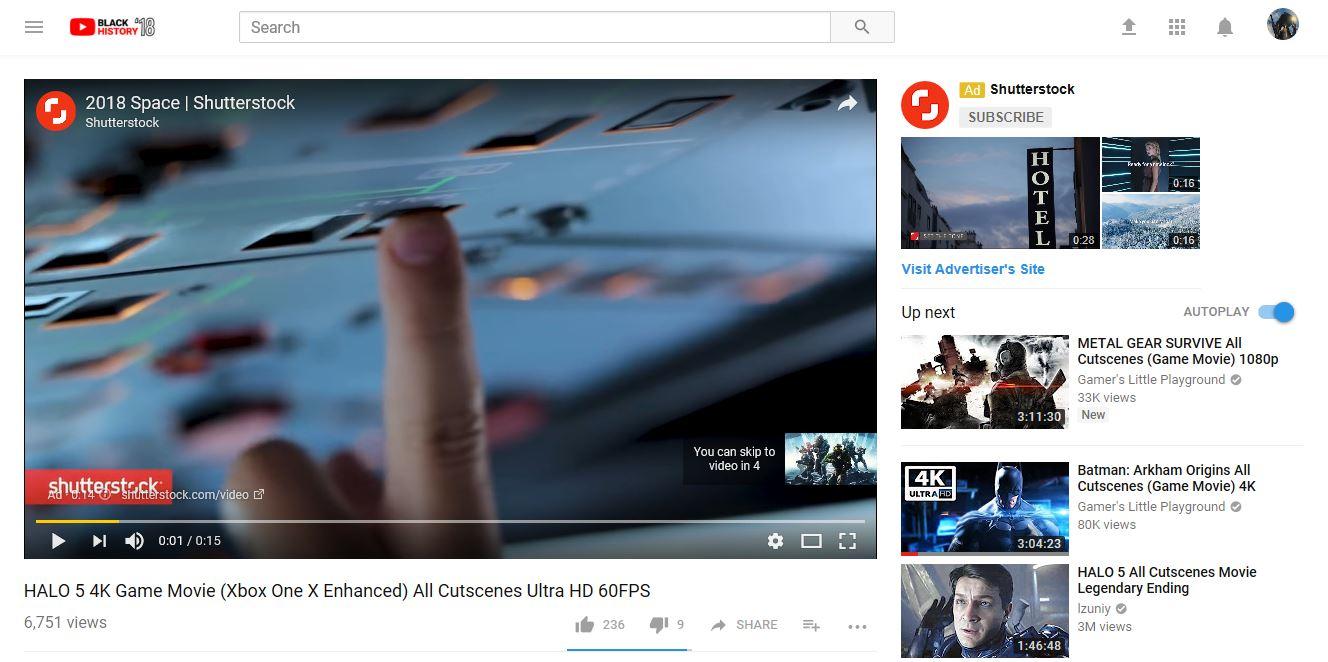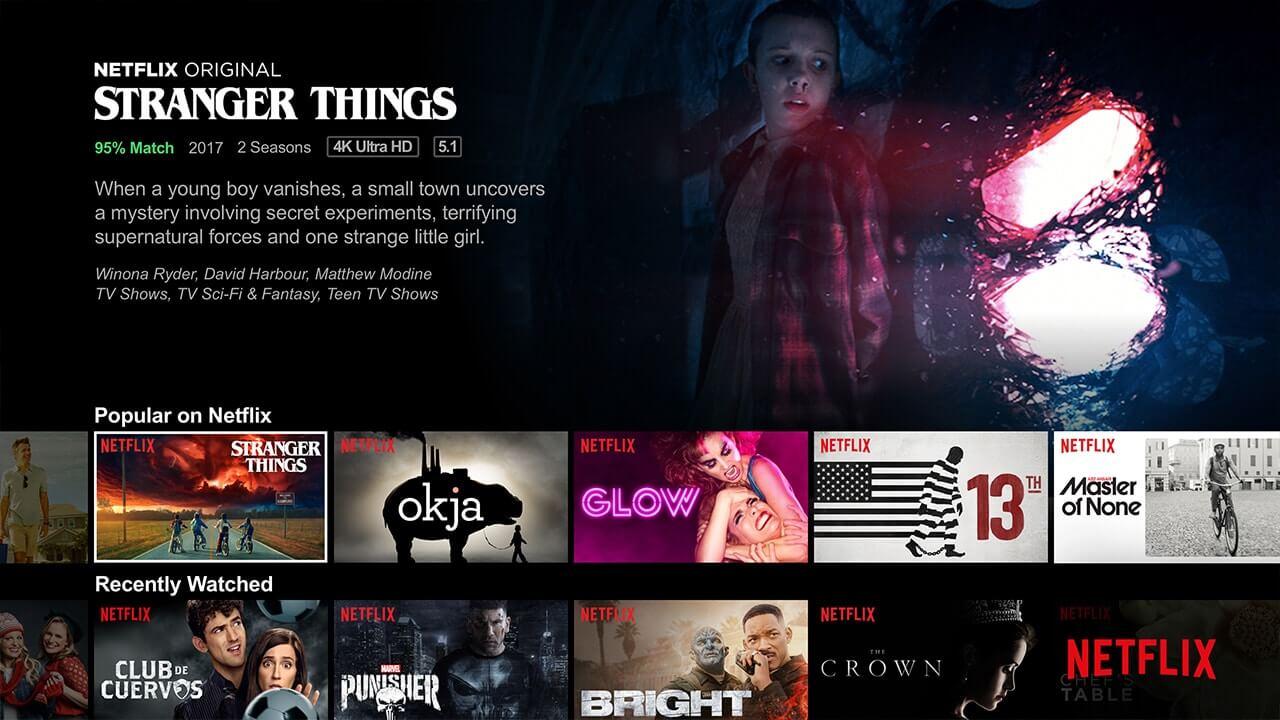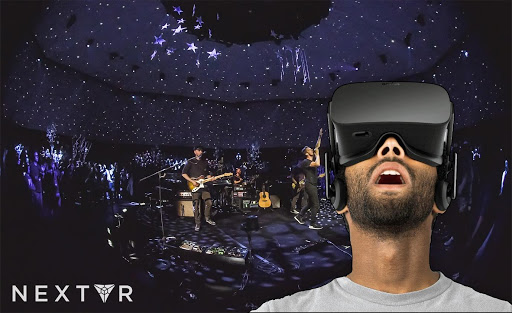The old concept of prime time has changed over time. Viewers today have a vast catalog of content to choose from, and there are certainly more places to watch the content, too.
The viewership of traditional TV is falling apart as the OTT platform is offering high-level customization to the content browsing experience. OTT refers to over-the-top devices that use the internet instead of traditional cable TV to broadcast and watch TV content.
In 2019 alone, there are over 182 million OTT subscribers in the US. In this article, we are going to discuss eight powerful trends that have influenced the growth of video streaming. From cutting-edge business models to sophisticated video streaming technologies, we will talk about everything responsible for bringing OTT to the masses.
Hybrid Monetization Tools
A prerequisite for sustaining an OTT platform is to generate a significant amount of revenue. There are mainly three monetization models that OTT streaming operates on: Advertising model, subscription video-on-demand model, and transactional video-on-demand model.

YouTube, one of the biggest OTT platforms works on an advertising revenue model. General YouTube users are ready to wait patiently for the Ads to finish before they can watch their favorite video. However, the advertisement model is not suitable for most new players as they don’t have a stable subscriber base to drive this model by volumes.
The subscription model is offered by major OTT platforms like Amazon Prime and Netflix where users pay a fixed subscription fee to access unlimited content available on the platforms. The major advantage of a subscription on-demand model is that it is convenient to use and you can unsubscribe whenever you want. Transactional on-demand model, on the other hand, offers a broader viewing experience by allowing users to down the content of their choice and pay a single time fee to watch the content of their choice.
Unlike the advertising and subscription model, the transactional on-demand model does not rely on volumes. Now, live streaming platforms have begun to experiment with hybrid content monetization models and are leveraging multiple opportunities as users are willing to pay for premium content.
Increasing Demand For Originals

Netflix changed the game by rolling out House of cards, its first original web television series. The streaming giant has put more emphasis on its programs over the last few years with over 100 Netflix originals. Orange is the new black, American Vandal, Stranger things, Russian doll, Master of none, are some of the popular Netflix originals loved by the audience. Millennials and the new-gen audience are preferring VOD streaming platforms because of the exclusive original content.
Mobile Surpassing TV as a Primary Content Consumption Medium
Not everyone today watches TV shows on a conventional TV screen. People prefer to watch TV shows and movies on the go on mobiles and tablets. Mobile is emerging as a dominant content consumption channel. For example, a viewer who watches Game of Thrones in his TV screen while at home, whereas streams content directly from mobile devices while traveling.
AI to Make Streaming Better
The OTT industry is expected to leverage the power of artificial intelligence through recommendation engines. The recommendation engine is nothing but an AI-driven extension that keeps a tab on user activities and recommends customized content to subscribers. This offers your subscribers with a personalized viewing experience curated by a combination of user behaviors like content browsing trend, viewing pattern, when they prefer to watch, preference of genre, etc.
The Growth Of Niche Services
For the past decade, the OTT market has been dominated by giants like Amazon Prime, Netflix, and soon Apple and Disney will enter the scene. Recently it’s been clear that there is a real opportunity for a niche video content market. Niche platforms are ultra-specialized video-on-demand platforms that directly aim for a targeted audience. They offer independent cinema, niche sports, documentaries, fashion, luxury, children’s animated content, and Auteur cinema, etc. Niche platforms bring together active customers of similar interests around the content that excites them. Be advised that consistency and regular renewal are the keys to success for niche services if you are planning on launching your OTT Platform.
Content Goes Hand in Hand With Distribution
The OTT platforms not only focus on the content but also on the distribution side. Those who benefit from the widest distribution will have better chances of winning the stream services competition. For example, Apple plans to launch its own streaming services during fall 2019. Even if it is late to the scene, it can count on its 1.4 billion devices that are already in the market and one its final resources with avid support of Hollywood studios.
Similarly, AT&T relies on its network of subscribers to promote its warner media services that merge the HBO channel with the turner channels. To establish in the market for long term and to consolidate the business, distribution is an important aspect for OTT platforms.
The Cloud Revolution
Till a few years back, OTT VOD streaming was a risky affair, but thanks to the cloud revolution, new opportunities arise as cloud simplifies workflows, reduces maintenance, and seeds funding. The development of cloud solutions significantly lowered the costs associated with technical implementation. With that said, now just a 2k subscriber base is sufficient enough to cover the technical costs. This also allows broadcasters to reduce the costs and improve efficiency to a greater level. OTT platforms can be launched and grown quickly without compromising the service quality.
Being Interactive With Augmented Reality and Virtual Reality

Source: empactlabs.co
Augmented reality and virtual reality have slowly started getting into OTT platforms and have the potential to become a new way of entertainment and engagement. In the future, we will see more live streaming platforms and OTT services depending on hardware manufacturers for the distribution of VR devices as a part of their service.
One of the most important content segments for OTT is sports, which when combined with AR and VR will increase views. Imagine being able to watch a sports event in VR as if sitting in the stadium. VR is expected to offer an immersive experience that will elevate the brand engagement.
To build your own OTT business, you need not have to invest too much. You can build your own OTT platform and stream videos using VOD streaming software in an affordable manner. Once the platform is ready, prepare a marketing strategy and focus on branding and promotions. As more people shift to online channels and more businesses join forces in many different ways, the challenge is to identify the opportunities to attract customers and maximize revenue. Taken as a whole, these popular trends affect the OTT ecosystems in significant ways. Where some business players see maturing the market, others see fresh opportunities in these emerging trends to transform their services based on the industry standards.

Trackbacks/Pingbacks